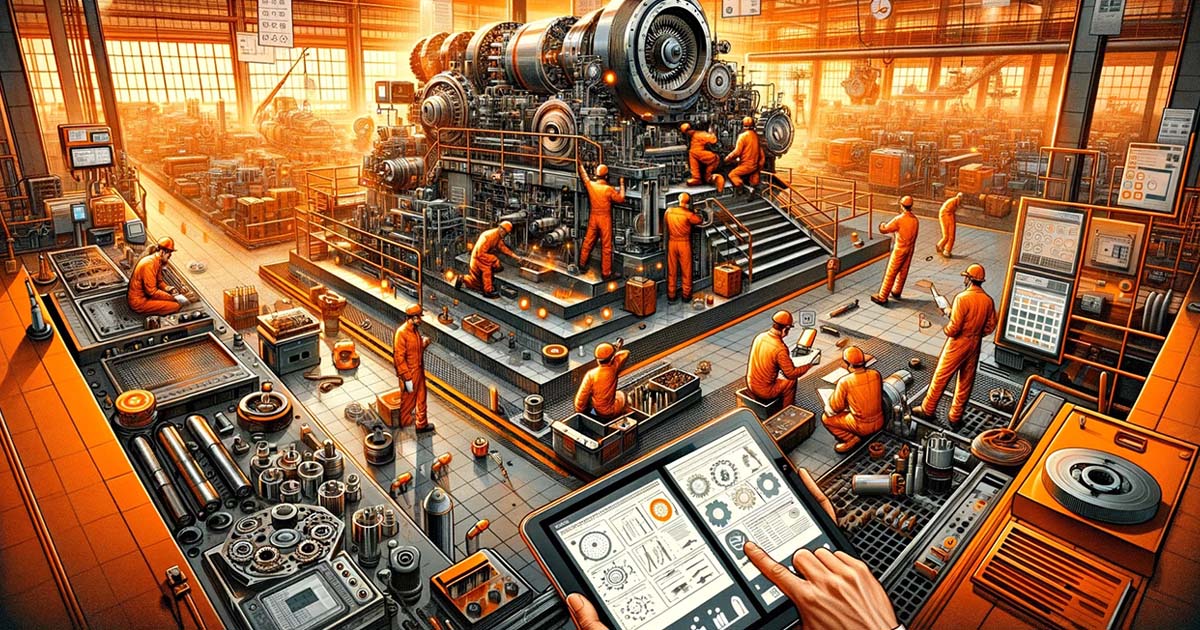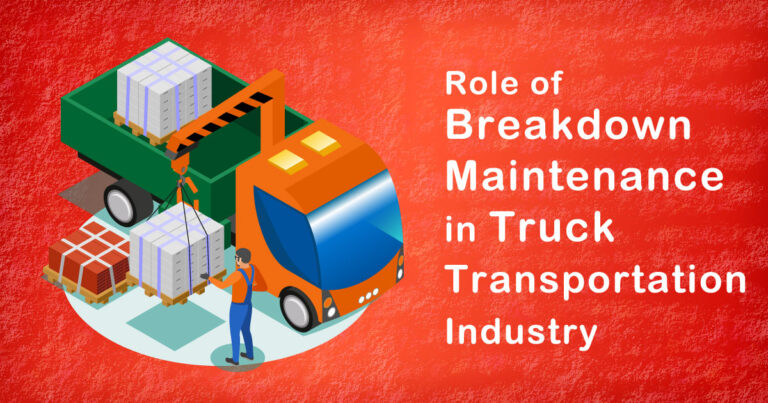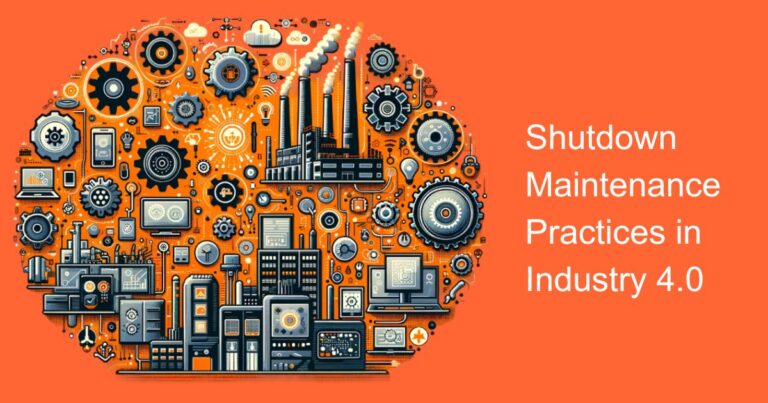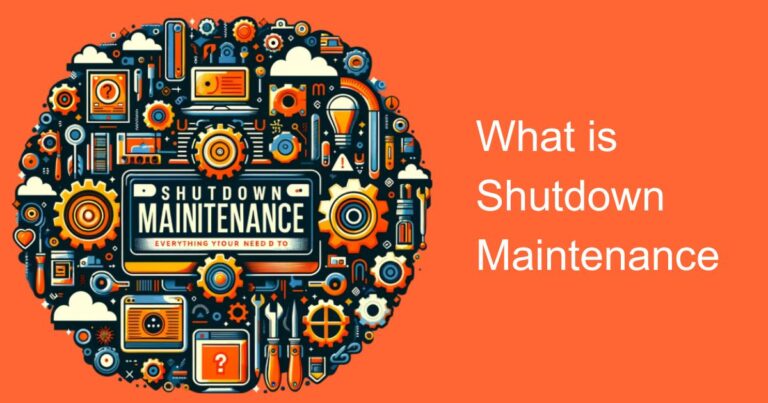Preventive maintenance is a crucial aspect of any industry, as it ensures that equipment and machinery are functioning optimally and efficiently. Proper preventive maintenance can help prevent unexpected breakdowns, minimize downtime, and reduce the need for costly repairs. In an Indian context, where the manufacturing industry is growing rapidly, preventive maintenance is more important than ever.
In this blog, we’ll discuss some best practices for preventive maintenance in an Indian context, supported by research and facts.
1. Establish a preventive maintenance plan:
The first step in implementing preventive maintenance is to establish a comprehensive plan. This plan should include a schedule for routine maintenance tasks, as well as a plan for addressing unexpected breakdowns. The plan should also identify key personnel responsible for maintaining equipment and ensuring that maintenance is performed on schedule.
According to a study by Frost & Sullivan, a market research firm, only 30% of companies in India have a formal preventive maintenance plan in place. However, companies that do have a plan in place reported a 20-30% reduction in equipment downtime, which can result in significant cost savings.
2. Conduct regular inspections:
Regular inspections are essential to identify potential issues before they become major problems. Inspections can be performed by trained personnel or through the use of technology such as sensors and analytics. The goal of inspections is to identify issues such as wear and tear, leaks, and other potential problems that can impact the performance of equipment.
A study by The National Center for Biotechnology Information (NCBI) found that regular inspections can reduce the likelihood of equipment failure by up to 55%.
3. Use the right tools and equipment:
Using the right tools and equipment for maintenance tasks is critical to ensuring that equipment is properly maintained. Using the wrong tools or equipment can cause damage to equipment, leading to increased downtime and repair costs.
A survey by TUV Rheinlander, a leading provider of testing, inspection, and certification services, found that 45% of companies in India do not use the correct tools and equipment for maintenance tasks, which can result in increased downtime and repair costs.
4. Maintain accurate records:
Accurate records of maintenance tasks are essential for identifying trends and predicting future maintenance needs. Records should include the date and type of maintenance performed, any issues identified, and any repairs made. These records can be used to develop a predictive maintenance strategy, which can help reduce downtime and repair costs.
A study by Deloitte found that companies that maintain accurate maintenance records can reduce maintenance costs by up to 20%.
5. Train personnel:
Properly trained personnel are essential to implementing an effective preventive maintenance program. Personnel should be trained on the proper use of tools and equipment, as well as how to identify potential issues during inspections. Training should also include safety procedures to ensure that personnel are protected while performing maintenance tasks.
A study by the International Journal of Engineering and Management Research found that companies that invest in employee training can reduce equipment downtime by up to 40%.
In conclusion, preventive maintenance is critical to the success of any industry, especially in an Indian context where the manufacturing industry is rapidly growing. Implementing best practices such as establishing a preventive maintenance plan, conducting regular inspections, using the right tools and equipment, maintaining accurate records, and training personnel can result in significant cost savings and increased productivity. By prioritizing preventive maintenance, companies in India can stay ahead of the competition and ensure that their equipment is functioning optimally.








